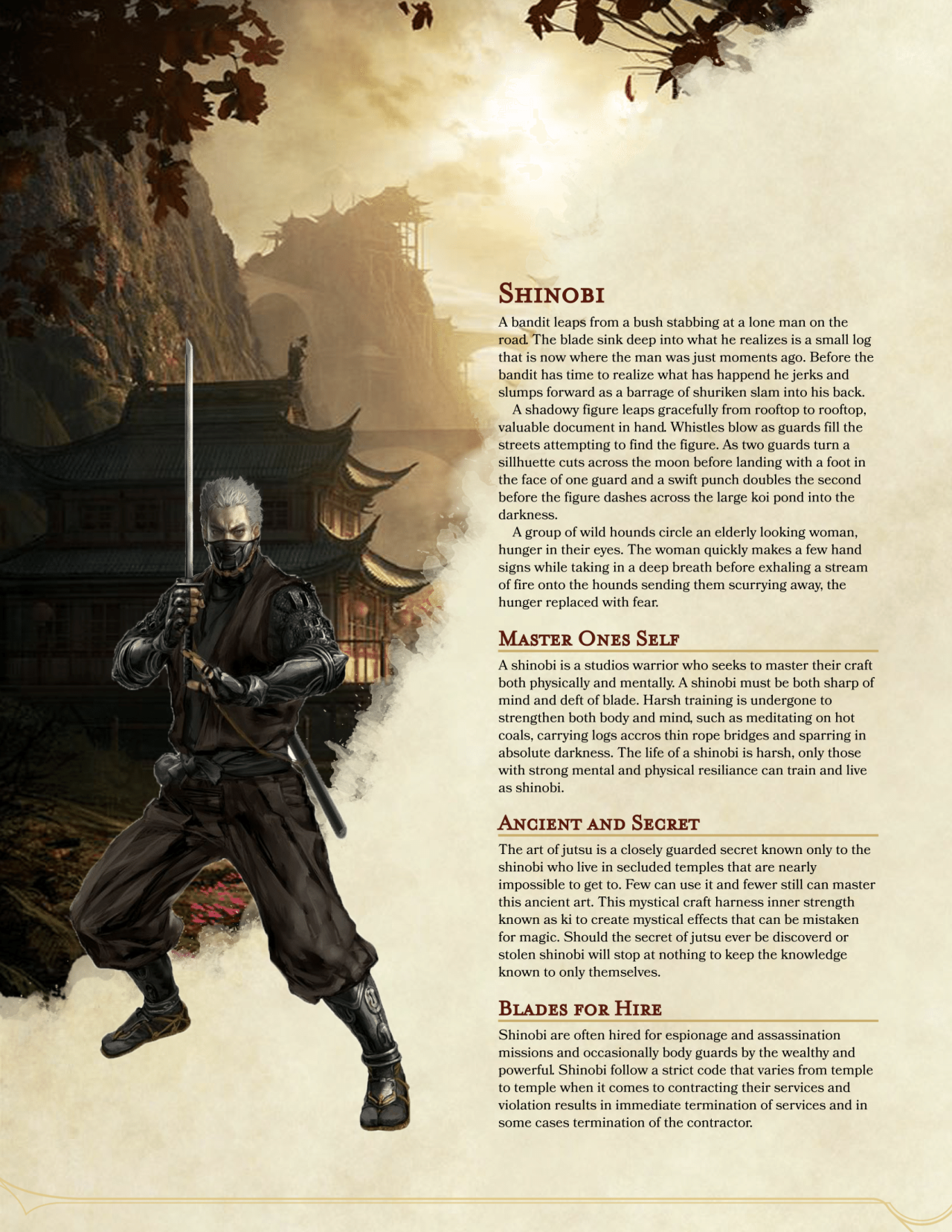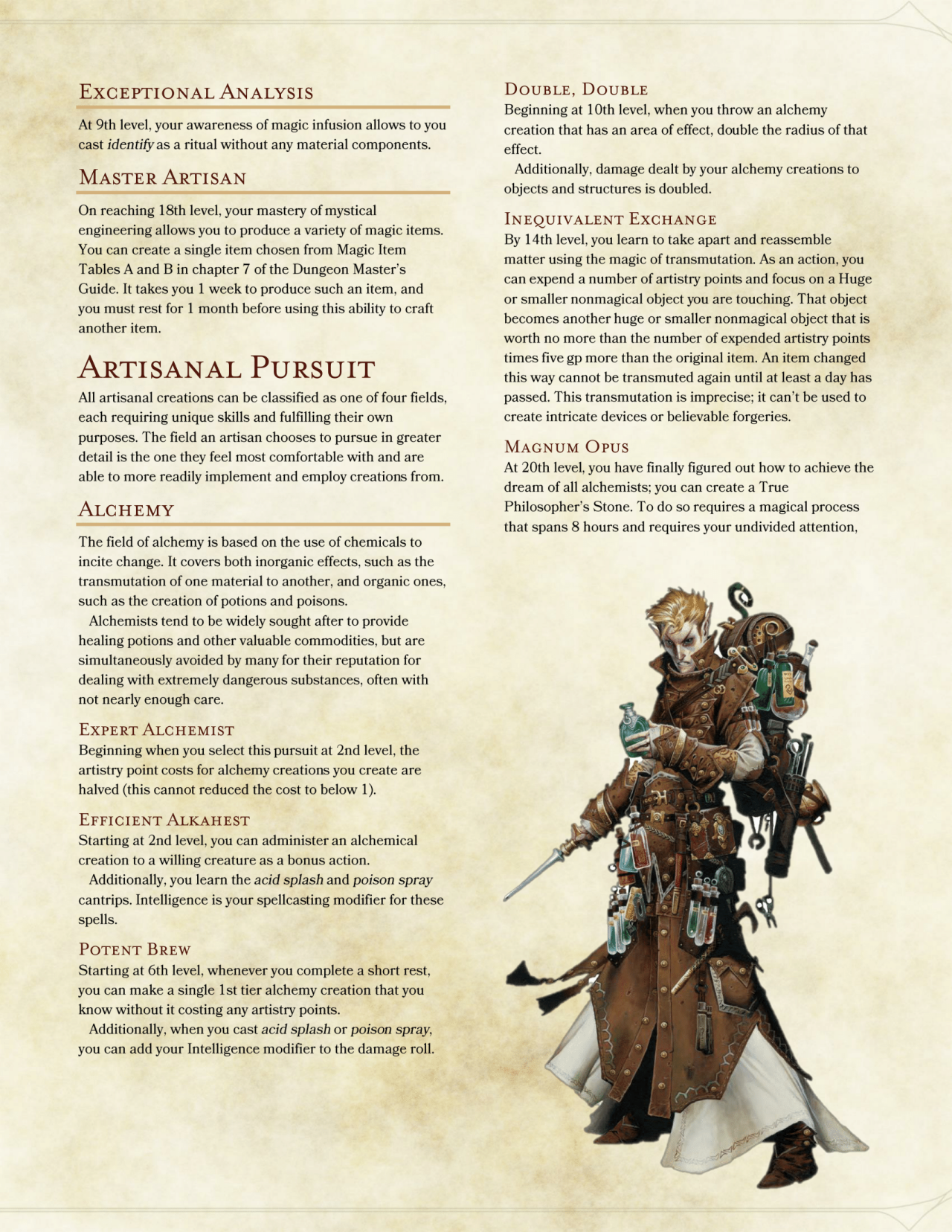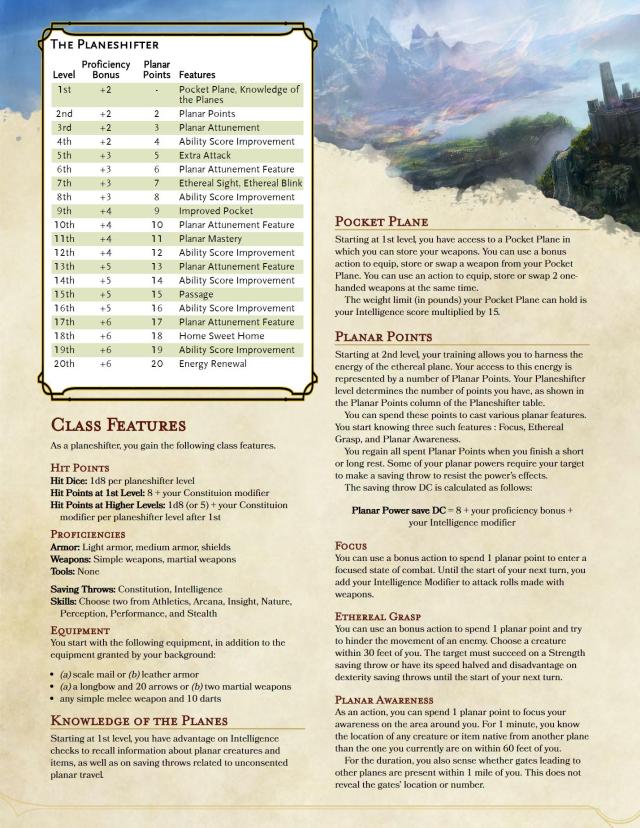


With the minor injuries table, severe hits have a chance of imparting minor debuffs that impact character actions. Hit points in D&D are an abstract representation of one’s overall health but don’t reflect all of the specific injuries that come with getting hit by huge swords, arrows, or fireballs. Implementing this homebrew rule has the added benefit of encouraging DMs to describe fights scenes with more detail to better describe how hard-hitting certain attacks may be! If this seems a little harsh, consider allowing characters to make a Medicine check action mid-fight to find out how many hit points a character has left. HP = 24% to 10% - “ Overwhelming injuries and pain”Īs a note, once combat has ended and characters may take a moment to relax, then they should find out what their current HP totals are.HP = 49% to 25% - “ Significantly hurt”.HP = 99% to 75% - “Minor cuts and bruises”.Some examples of damage descriptions are: With this rule, the dungeon master conceals exactly how much damage characters receive while providing verbal descriptions based on the percentage of the player’s overall health during combat. It’s unrealistic to rattle off “I’m down to 29 hit points” in a life-or-death fight, so this rule helps keep a level of immersion at the table. Too often players confirm each other’s hit points after a particularly brutal attack and plan strategies based on those numbers. Piggybacking off of rule one is the hidden player hit point homebrew rule.

I’ve been on both ends of this rule, and it amps up the intensity! What was once a tense but respectable amount of pressure becomes a wild race to make sure the fallen party member gets back on their feet. The dungeon master keeps track of the successes and failures without telling the players, eliminating the chance of meta-knowledge. The hidden death save homebrew rule, however, puts the rolls in the hands of the dungeon master instead of players. With this rule, death saving throws are rolled by the Dungeon Master, instead of the players. For example, that same barbarian drops but successfully rolls two saves, the party might incentivize other actions rather than save the barbarian, knowing that he has a high probability of surviving. However, allowing players to know their current death save tally allows other players a level of meta-knowledge their characters might not know. The barbarian drops right in the middle of a swarm of enemies, and everyone holds their breath as the player rolls each fateful save.
#NON SERIOUS 5E HOMEBREW CLASSES FULL#
You can see our full disclosure here. Thanks for supporting your favorite dungeon artists!ĭeath saving throws in D&D are perfect moments of dread. As Amazon affiliates, we may earn from qualifying purchases. To counteract that, I want to share some D&D hit point homebrew rules with you that add a bit more variety to your games!Ĭontent warning: This post contains descriptions of violence and injuries.ĭisclaimer: This post contains affiliate links, meaning we may receive a small commission from qualifying purchases if you click on our links, at no additional cost to you. Combat tends to get a little bland when it’s just whacking each other watching the hit point tallies drop. A big focus for me is the inclusion of rules dedicated to altering hit points and other health-related mechanics.

On the other hand, break all the rules! Seriously though, I do employ a few homebrew rules for my games, some of which I feel increase my player’s session satisfaction. On the one hand, the designers had a specific playstyle in mind to showcase 5E’s mechanics, and tampering with them is flying in the face of their design. I’m always of two minds about homebrew rules for D&D.


 0 kommentar(er)
0 kommentar(er)
